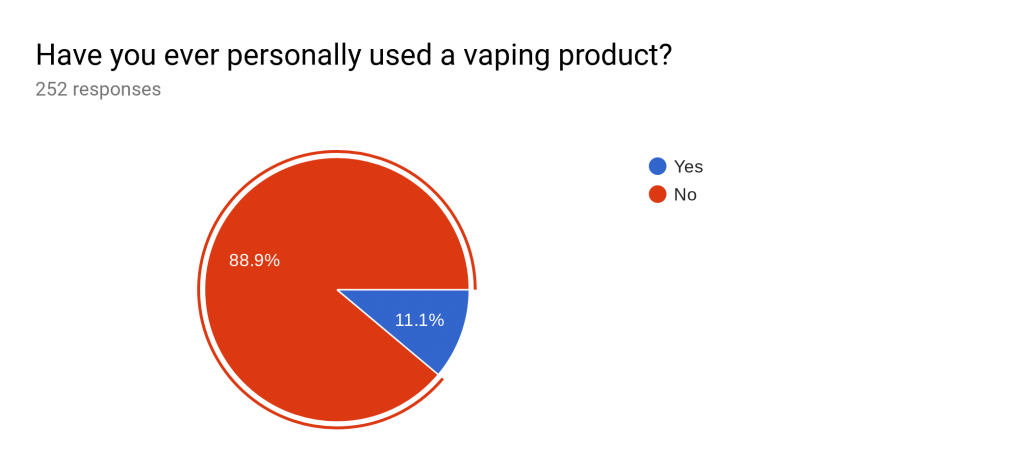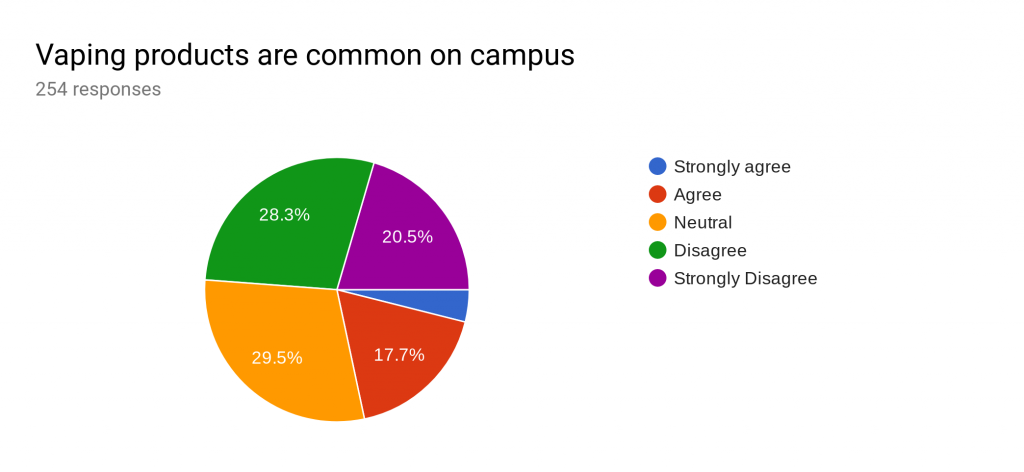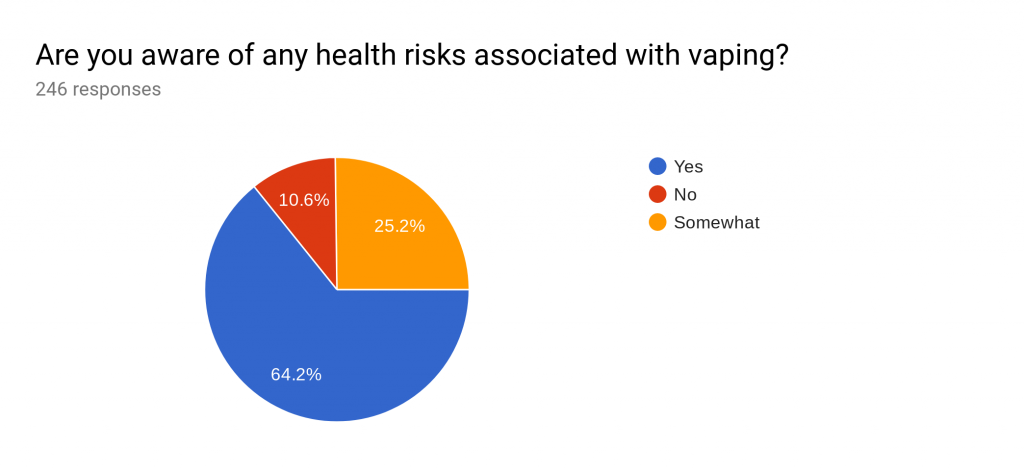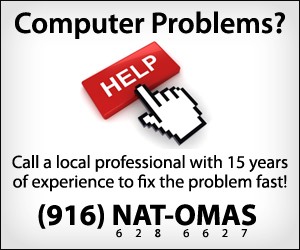Jakob Franco
The Pacific Times | Co-Editor
Vaping has come to dominate the media as the next wave of teenage counterculture, but does that mean for an average student on NP3 campus?
It seems like the answer might be: not a whole lot.
Students today were raised with a media which unilaterally condemned smoking and systems designed to limit its practice in public spaces. As cigarettes continue to fall in popularity, marijuana has seen a coinciding rise in acceptance among the population.
The rapid ascendance of vaping seemed to capitalize on both trends whether through a more acceptable nicotine delivery system or concentrated cannabis oil. While vaping products are generally healthier than cigarettes, they also contain higher concentrations of nicotine and a variety of other potentially harmful chemicals.
Of a survey of NP3 students, 11% admitted they had tried a vaping product at least once. This is compared to 38% of high schoolers nationally according to a survey conducted by the National Institute on Drug Abuse.
With a relatively smaller rate of students vaping, only 21% of respondents felt vaping was common on campus with 20% believing it to be a problem. These percentages may leave you concerned or underwhelmed depending on how negatively you view the practice of vaping.
 I personally feel they are an accurate reflection of my experience with people’s usage on campus. I am not surprised when I see it, but I also feel vaping has never come to dominate my high school experience. Compared to the usual smell of school restrooms, I certainly prefer fruity pebbles.
I personally feel they are an accurate reflection of my experience with people’s usage on campus. I am not surprised when I see it, but I also feel vaping has never come to dominate my high school experience. Compared to the usual smell of school restrooms, I certainly prefer fruity pebbles.
However, that is also the exact reason these products have been accused of deceptively alluring adolescents into a lifelong nicotine addiction. And I understand why school administration feels it necessary to take all precautions to combat the prevalence of substance abuse on campus.
Eighty percent of NP3 students surveyed were at least somewhat aware of health risks associated with vaping products. While this is a substantial percentage, it is still concerning that among the 20% unaware they may be consuming these substances without full consideration for their own well being. Teenagers will always search for the next product to consume for personal enjoyment or as a sign of status, but education on all possible consequences is important.
well being. Teenagers will always search for the next product to consume for personal enjoyment or as a sign of status, but education on all possible consequences is important.
Returning to the opening question of this piece, vaping products are clearly not foreign to our campus but we are doing substantially better than the national average. As of now, there is no need for mass hysteria among concerned parents for their students’ safety in a cloud of artificially flavored vapor.



Speak Your Mind
You must be logged in to post a comment.